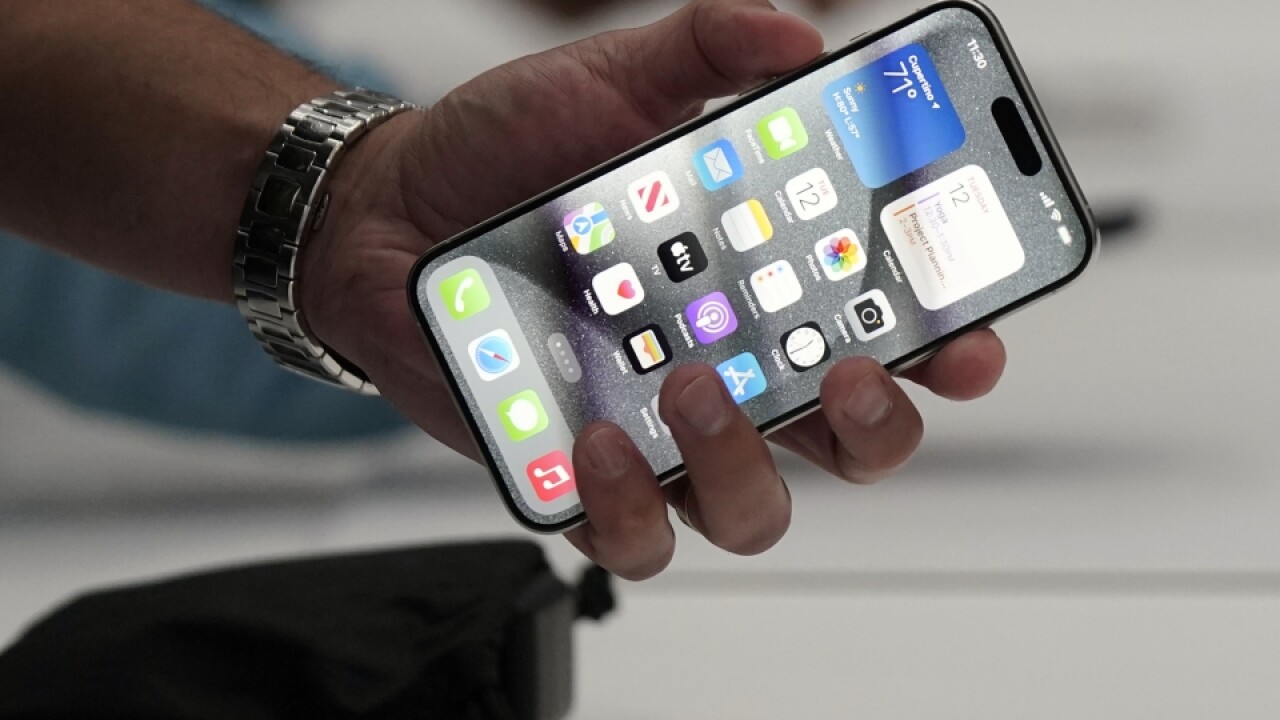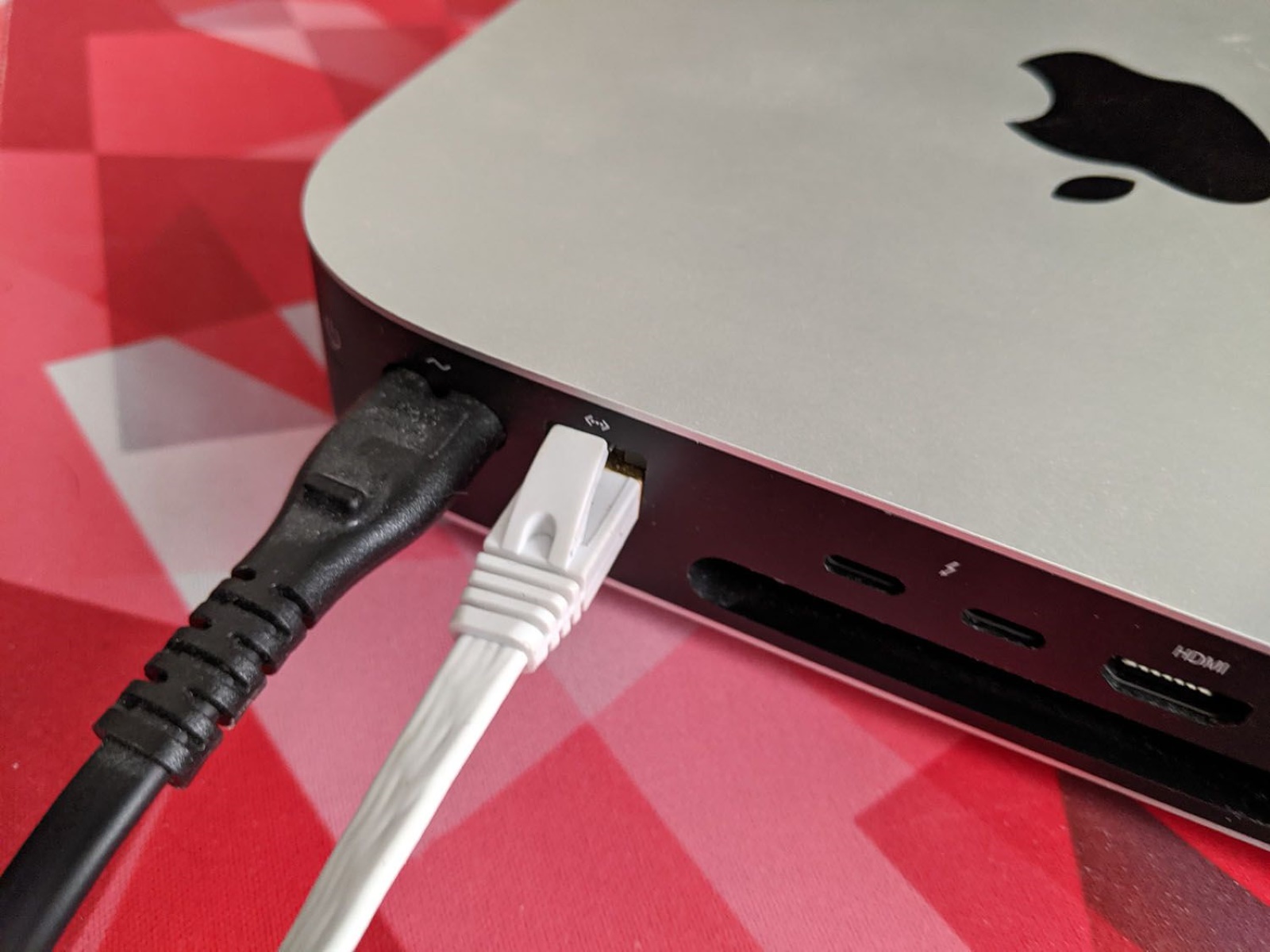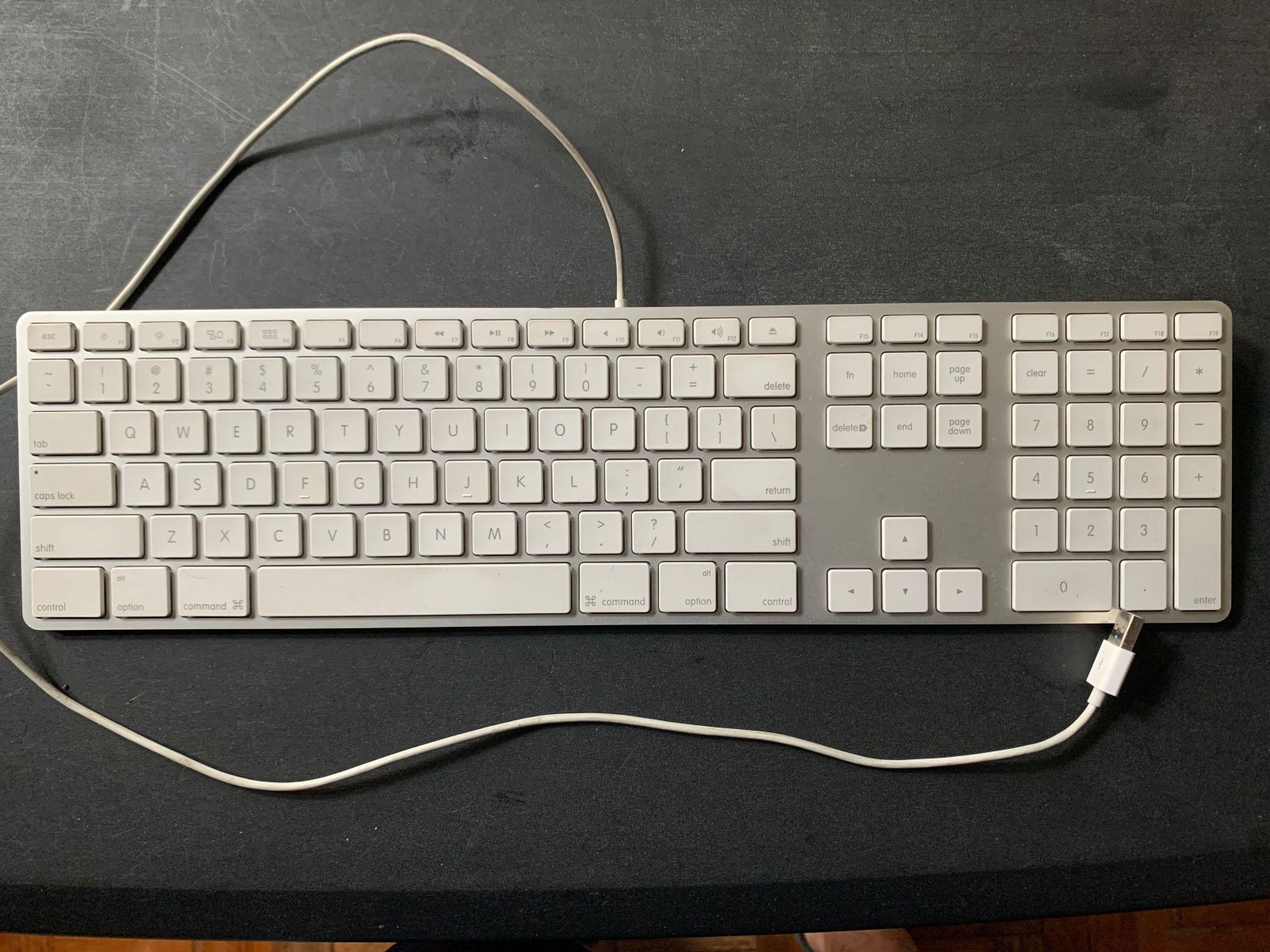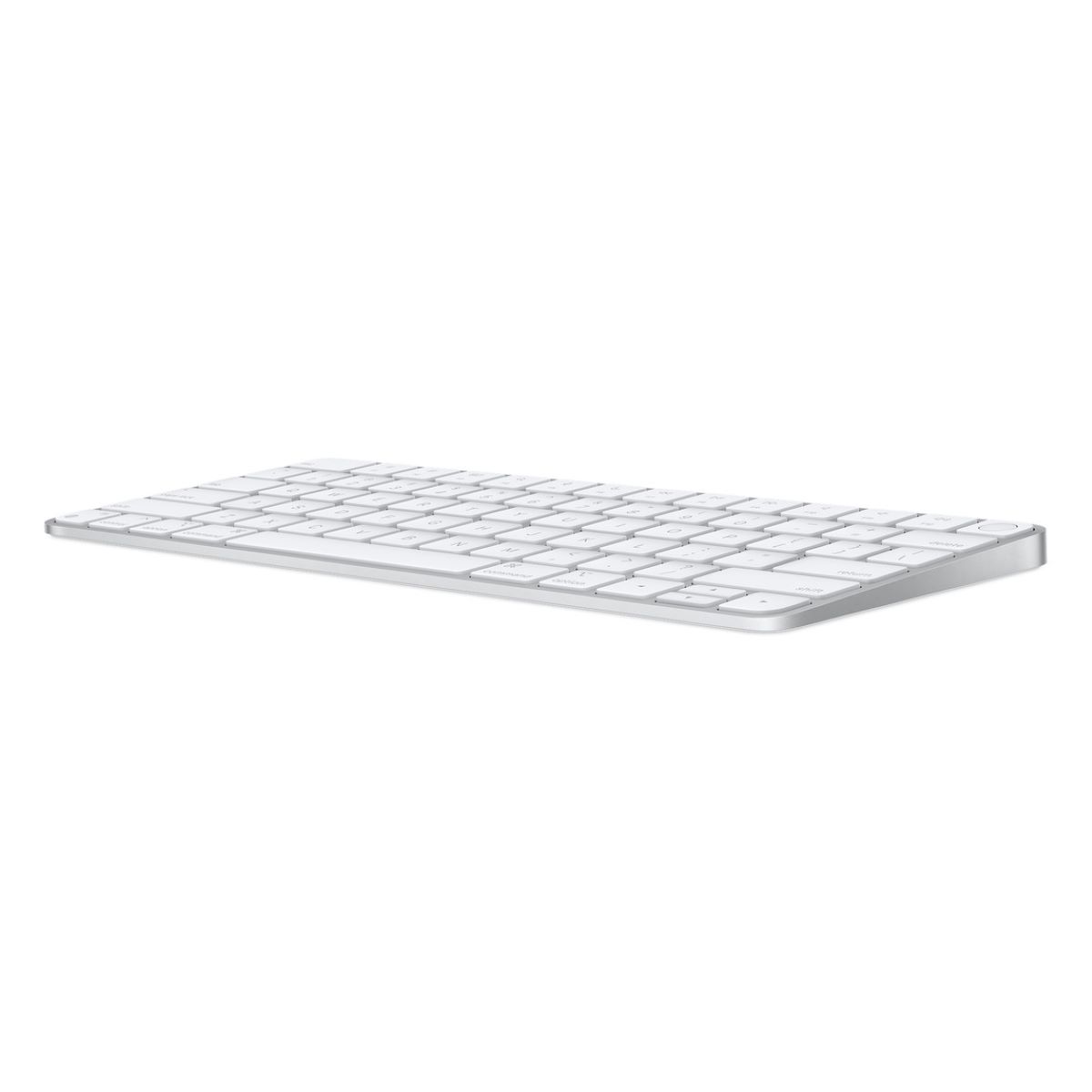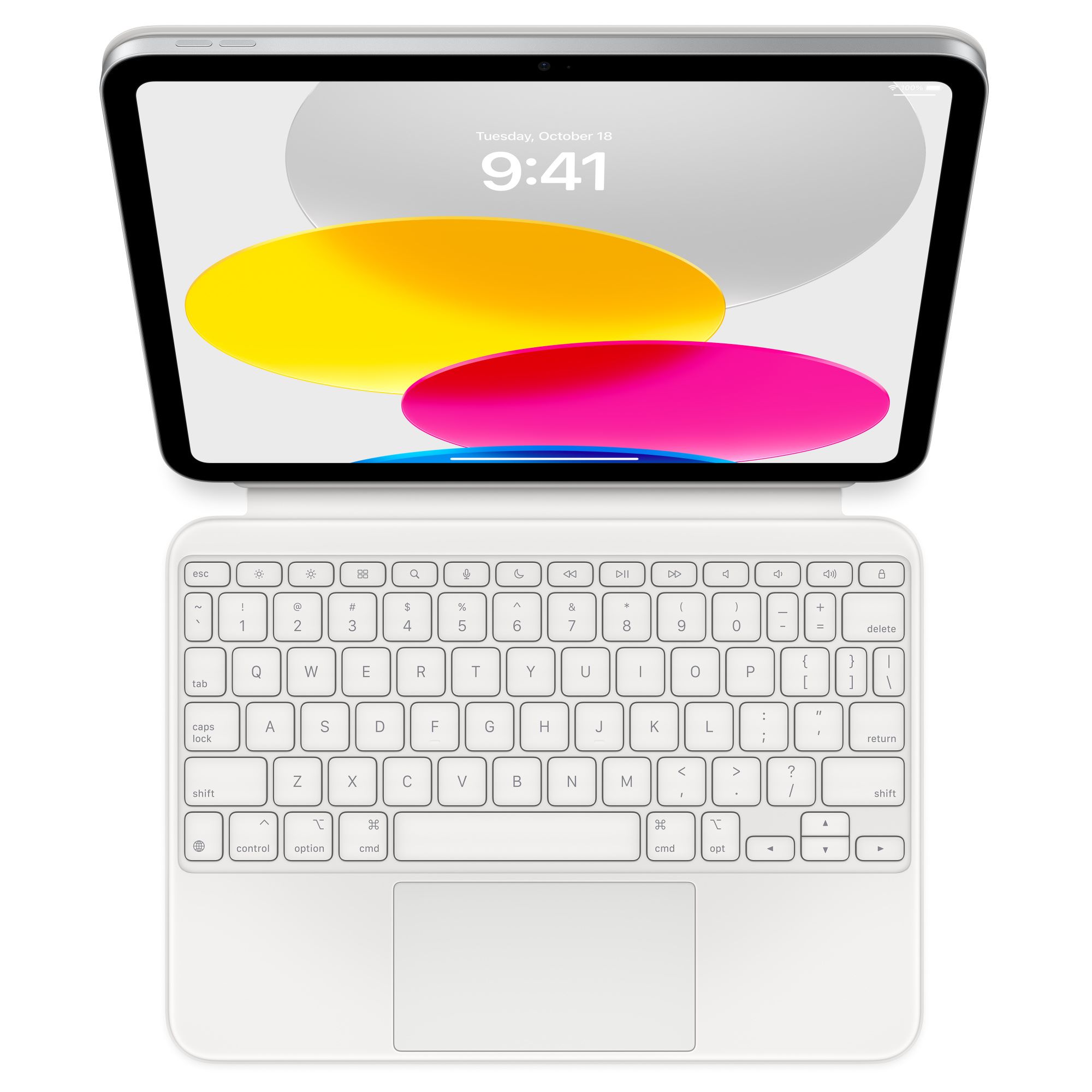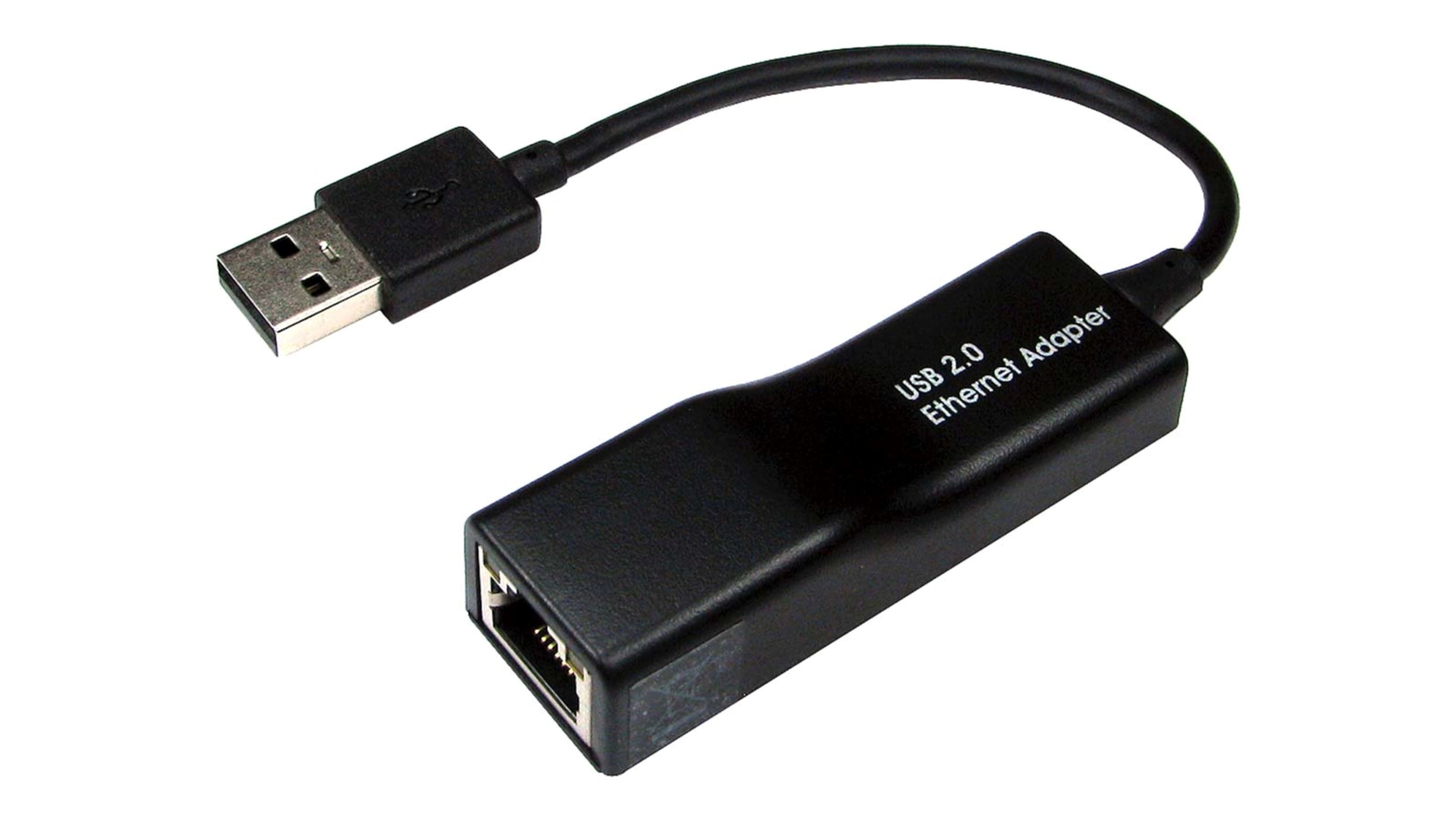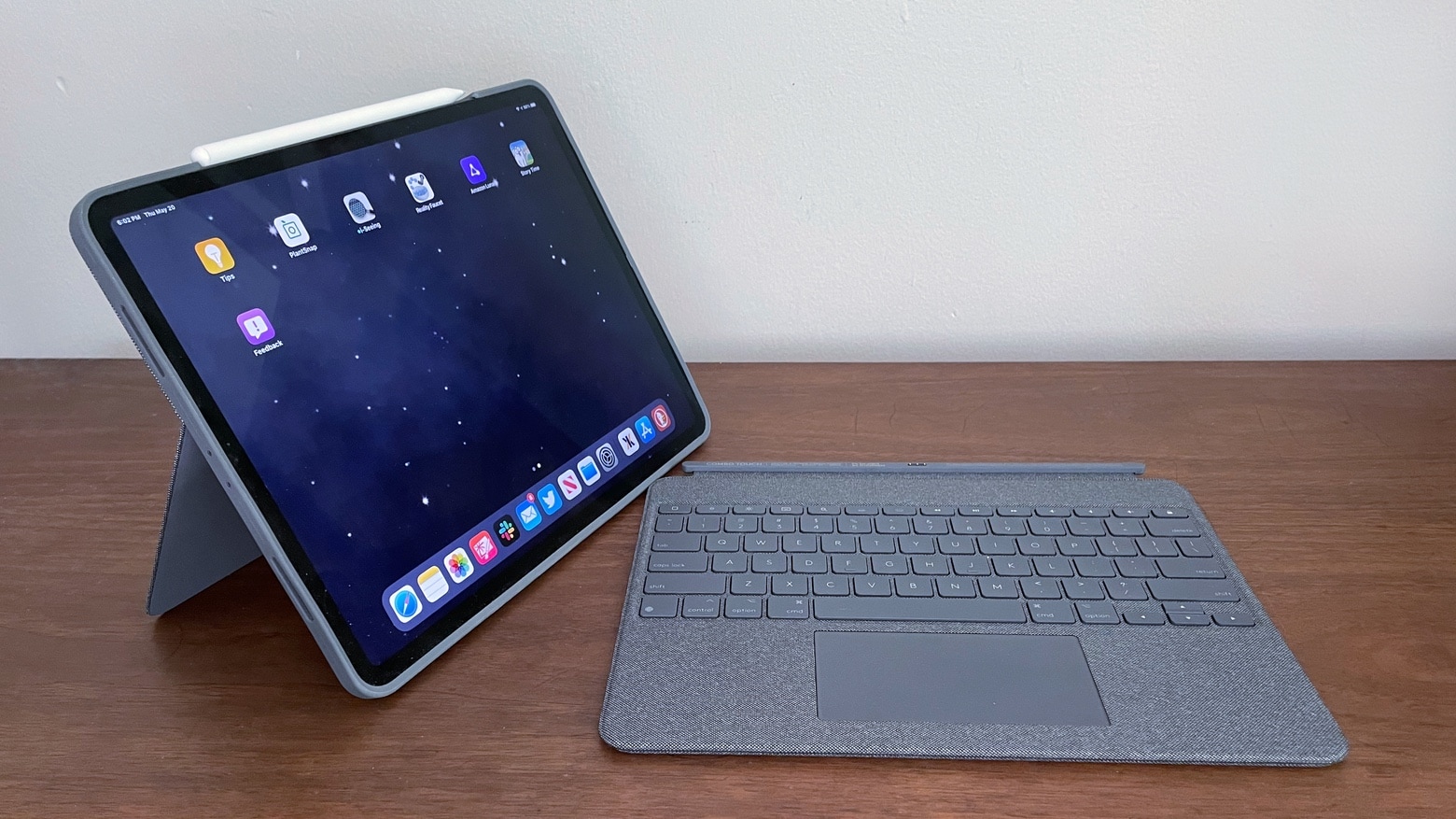Apple recently made a significant move by introducing the USB-C port with its newly launched iPhone 15 series at the highly anticipated Wanderlust event. While the transition to a universal port for smartphones and other gadgets is a positive development, there now arises a pressing need to properly label USB-C cables to ensure their full functionality and compatibility.
Key Takeaway
Apple’s switch to USB-C ports with the iPhone 15 series has underscored the importance of labeling USB-C cables to clarify their capabilities. While USB-C simplifies connectivity, properly identifying a cable’s charging, data transfer, and display capabilities is crucial to ensure optimal performance. To enhance user experience, manufacturers should label their cables accordingly, and operating systems could adopt features that provide clear indications of a cable’s compatibility.
Need for Cable Labeling
On the surface, USB-C seems straightforward. You might assume that any USB-C cable can be used to charge your compatible phone. However, without careful consideration, the combination of the cable and power brick might not provide optimal charging speeds for your device, as it may not adhere to your phone’s specific charging standards and capabilities.
In addition to charging, USB-C cables can also transfer data and even drive displays. However, distinguishing a cable’s capabilities by merely looking at it can be challenging. For instance, Apple has recently released two new cables that support charging powers of 60W and 240W respectively. Yet, despite visual differences such as thickness, there are no clear specifications or markings on these cables to denote their charging speed.
USB-C Speeds and Data Transfer
Although Apple has adopted USB-C with the iPhone 15, it is important to note that the base models will still only support USB 2.0 speeds for data transfers. Only the Pro models will offer data transfer speeds of 10Gbit/s, also known as “USB 3 speeds,” but users will need to purchase a separate cable to enjoy this enhanced performance.
The complexity surrounding USB data transfer standards and versions further complicates matters. USB 3.0 provides 5Gbits/s, with USB 3.1 introducing speeds of 10Gbits/s. Coincidentally, USB 3.1 is also referred to as USB 3.2 Gen 2×1 or USB 3.1 Gen 2. Moreover, a USB 3.2 specification supports even faster data transfer speeds of 20Gbits/s. These distinctions can be confusing for consumers to navigate.
Labeling Challenges and Solutions
Addressing these labeling challenges in the USB-C realm, the USB Implementers Forum (USB-IF), which certifies USB cables and sets industry standards, has issued guidelines for printing logos on packaging and cables. However, compliance with these guidelines remains voluntary, with many manufacturers choosing not to display these logos. Therefore, while Apple has unveiled an array of USB-C-based accessories, it remains unclear whether the company’s cables will be visibly labeled to indicate their various features and capabilities.
Operating systems also play a crucial role in resolving cable compatibility issues. For instance, ChromeOS introduced a feature last year that notifies users if the USB-C cable they are using supports DisplayPort or USB-4. This feature also indicates whether the cable’s data transfer capacity is inferior to the machine’s transfer capability. Ideally, all operating systems should adopt similar strategies to enhance user experience and cable compatibility.
Future Implications and Transparency
With Apple embracing USB-C for iPhones and AirPods, it is expected that many accessory manufacturers will follow suit by releasing a wide range of USB-C cables with varying capabilities. However, the manufacturers who prioritize transparency by providing relevant information about a cable’s capacity on both the packaging and the cable itself are likely to earn greater popularity. This transparency will simplify the product selection process for users, enabling them to make informed choices based on their specific needs.







